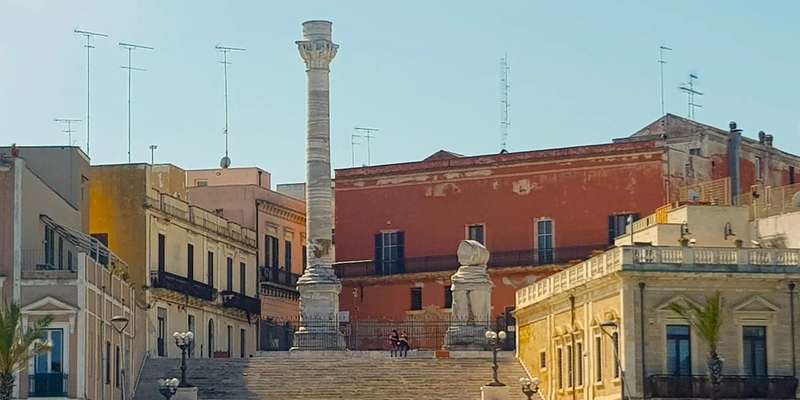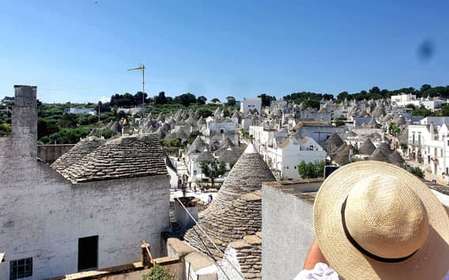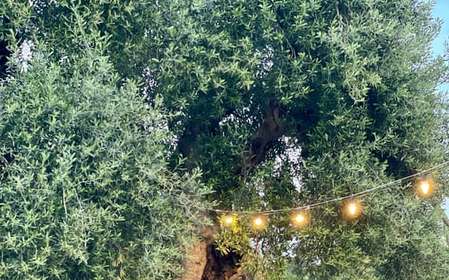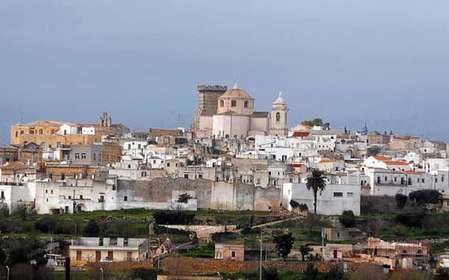- Home
- Useful Tips
- Night tours of Brindisi's historic sites
Exploring Brindisi's UNESCO-listed monuments by day presents challenges most travelers don't anticipate. With 78% of Mediterranean cruise passengers visiting between 10am-2pm (Port Authority 2023), overcrowding obscures the architectural details that make these Byzantine and Roman treasures special. Evening visitors face different frustrations - poorly lit pathways mask intricate stonework, while limited signage leaves history buffs guessing at stories behind the Roman columns and Swabian Castle. The magic of moonlit piazzas remains inaccessible to those unaware of which guided groups hold after-hours permissions, or how to navigate the port area's safety considerations after sunset. This disconnect leaves culture seekers either battling midday heat with selfie sticks or missing entirely the way torchlight transforms Norman arches into living history.


Navigating Brindisi's dimly lit historic quarter safely
The charm of wandering Brindisi's labyrinthine alleys after sunset comes with very real navigation challenges. Unlike daylight hours when visible signage points toward landmarks like the Monumento al Marinaio, evening explorers often find themselves disoriented near the harbor's less touristy edges. Local police report most visitor incidents occur not from crime but simple trips over uneven Roman-era paving stones. Smart travelers stick to the well-lit triangle between the Cathedral, Virgil's Staircase, and the Roman columns - areas regularly patrolled by municipal guards until 11pm. For venturing further, the city's 'Luci di Notte' initiative has installed discreet ground-level LED markers tracing safe routes between major sites. These glow blue along wheelchair-accessible paths and amber near steps, a system developed with input from visually impaired historians who know every cobblestone.
Secret sunset spots only locals frequent
While day-trippers jostle for photos at the standard panoramic viewpoints, those in the know head to three unconventional vantage points as dusk falls. The hidden terrace behind Santa Teresa dei Maschi church offers unimpeded views across the Adriatic, where the last ferry to Albania cuts a silver path through darkening waters. Nearby, the rooftop of Palazzo Granafei-Nervegna becomes accessible through a little-known cultural association that serves local rosé at golden hour. Most extraordinary is the timed-entry Torretta Belvedere, a 16th-century watchtower whose narrow staircase opens exclusively for 30 minutes each evening when the setting sun aligns perfectly with its arrowslit windows. These spots require no tickets, just awareness of their existence and respect for their residential surroundings - the elderly nonna who guards the church terrace key won't hesitate to shoo away loud groups.
Decoding legitimate after-hours tour operators
Not all Brindisi night tours deliver on their moonlit promises. The legitimate ones share three distinguishing features: municipal-issued badges allowing access to normally gated areas like the underground Roman cisterns, archaeologist guides carrying specialized flashlight rigs that reveal fresco details without damaging pigments, and fixed routes approved by the Superintendency of Cultural Heritage. Beware of impromptu 'guides' approaching visitors near the cruise terminal offering 'special night access' - the Swabian Castle hasn't permitted unauthorized evening entry since 2019 restoration work began. Reputable operators like Brindisi Sotterranea publish their Ministry of Culture authorization numbers online and limit groups to 15 people. Their secret weapon? Thermal imaging tablets that show buried Roman roads beneath your feet as you walk Via Appia's original stones.
Capturing Brindisi's nocturnal beauty without professional gear
Photographing Brindisi's monuments by moonlight doesn't require expensive equipment, just knowledge of their nocturnal personalities. The Trajan's Column absorbs ambient harbor lights, becoming a golden beacon against the night sky when shot from the grassy knoll 37 paces northeast of its base. For the Cathedral facade, position yourself during the 9pm bell toll when municipal lights briefly intensify - a quirk of the city's energy-saving system. Smartphone photographers achieve best results using the 'night mode' feature while steadying devices against the ancient olive tree near Porta Lecce. Local photographers share a clever hack: the reflective marble slabs surrounding the Roman columns naturally bounce enough light for clear shots if you crouch at a 45-degree angle. These techniques transform your personal album into something rivaling professional portfolios, all without disturbing the sacred silence of Brindisi after dark.



